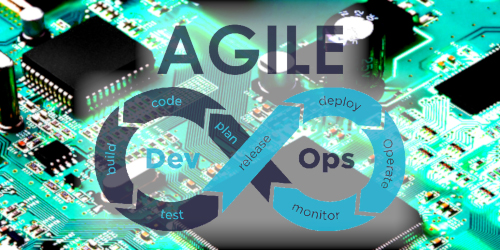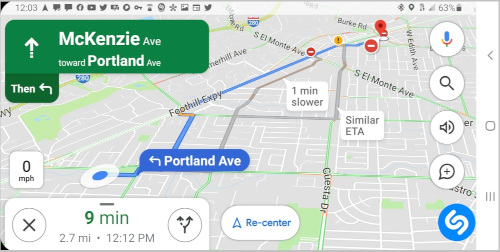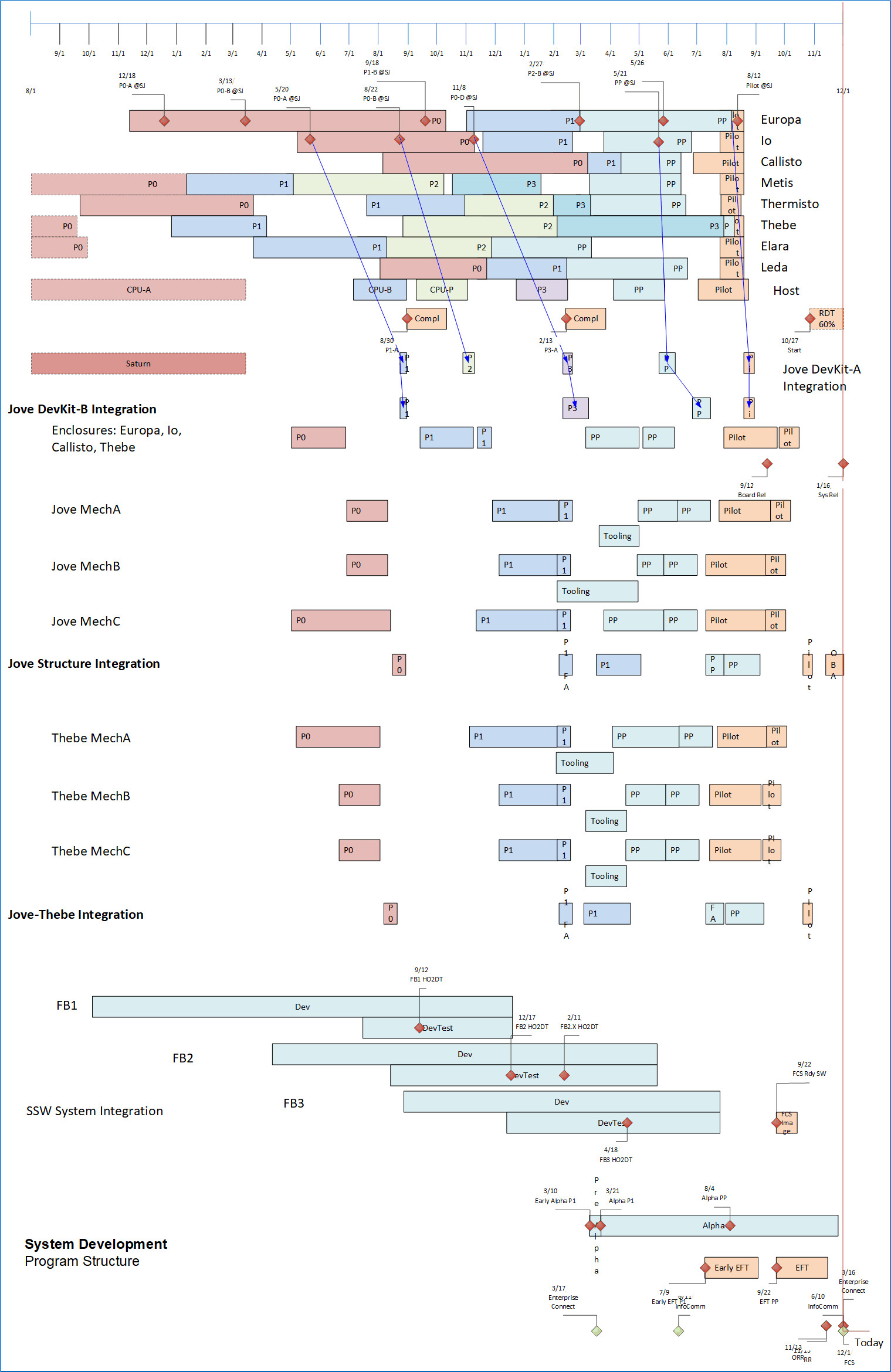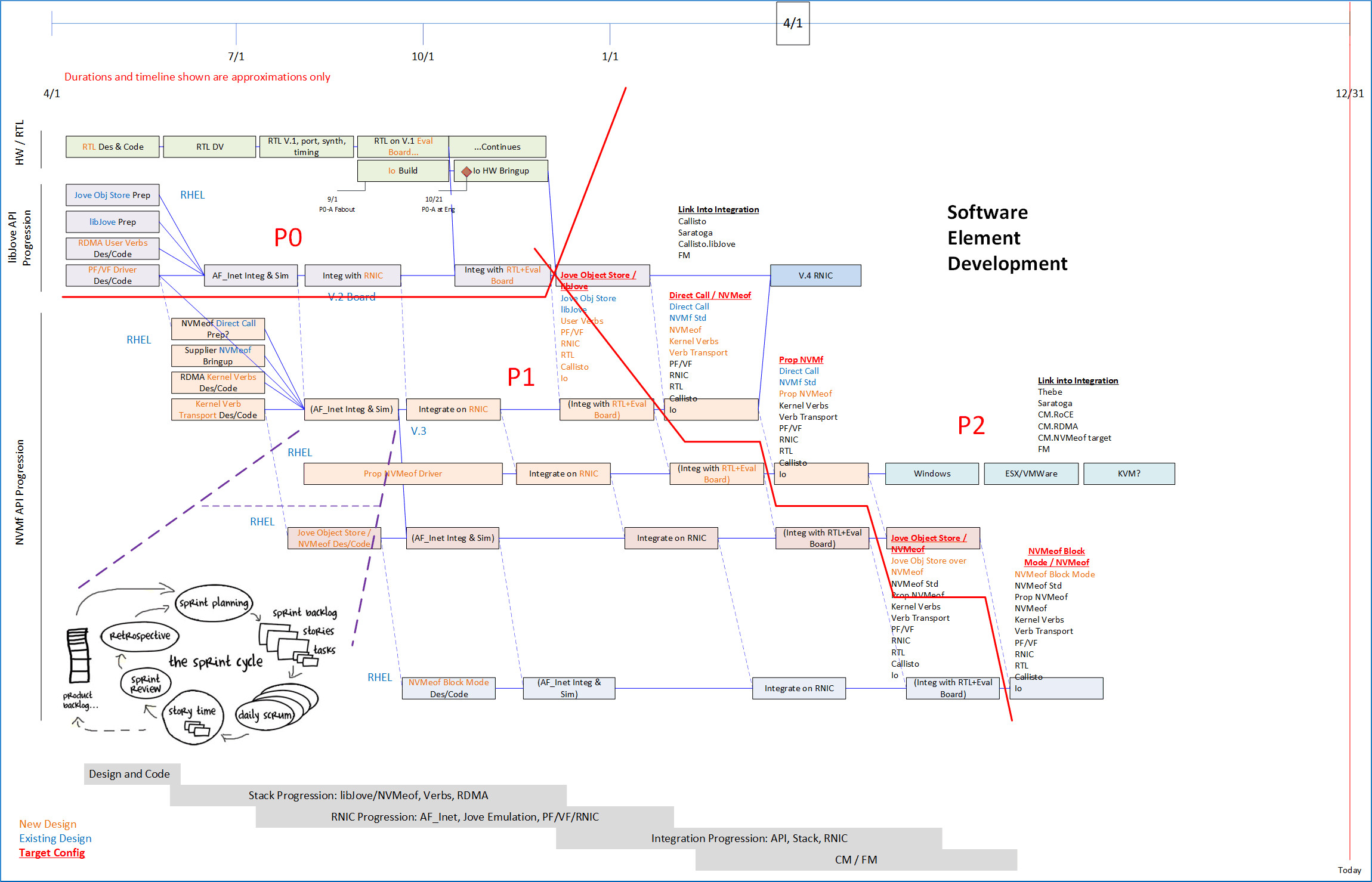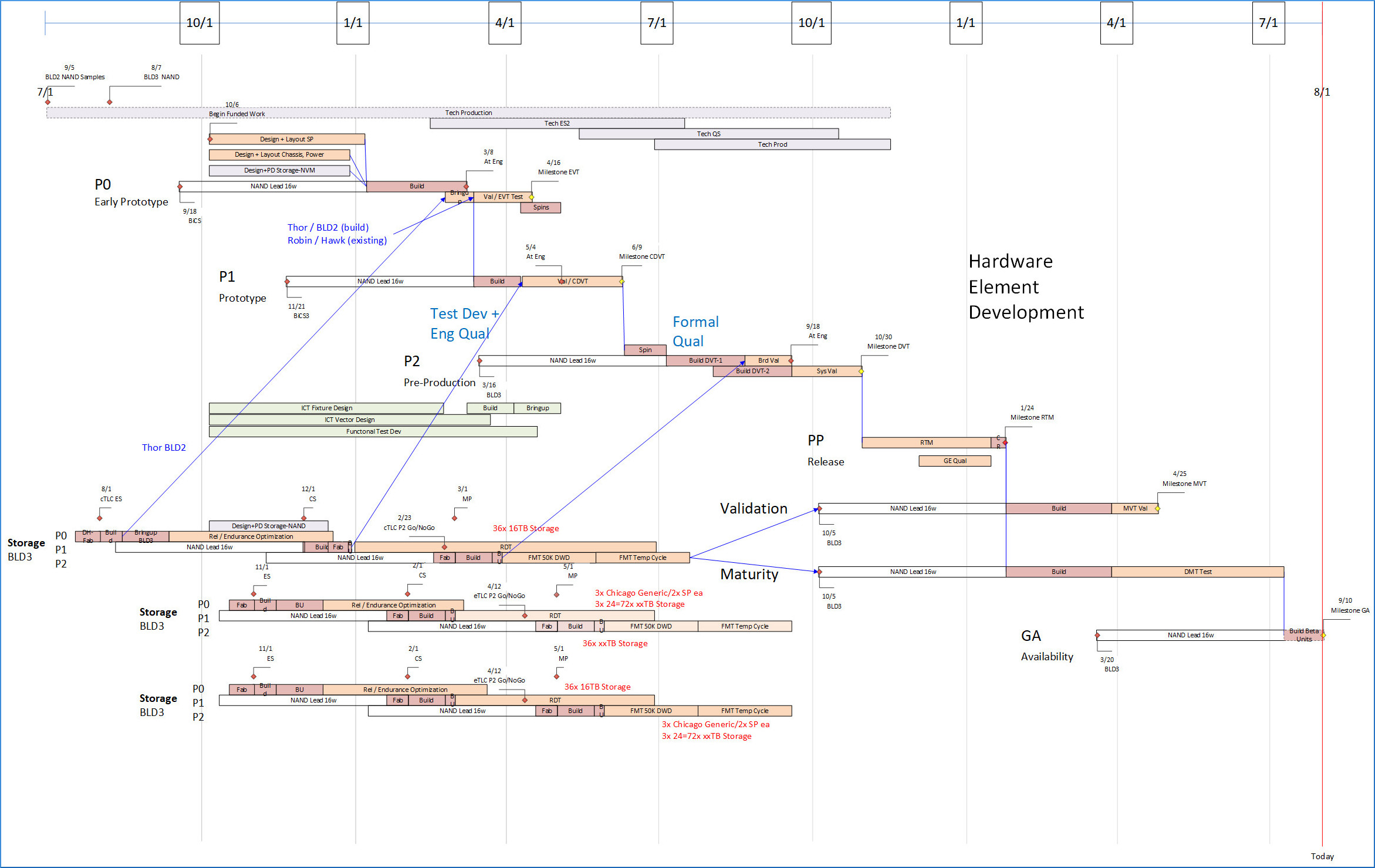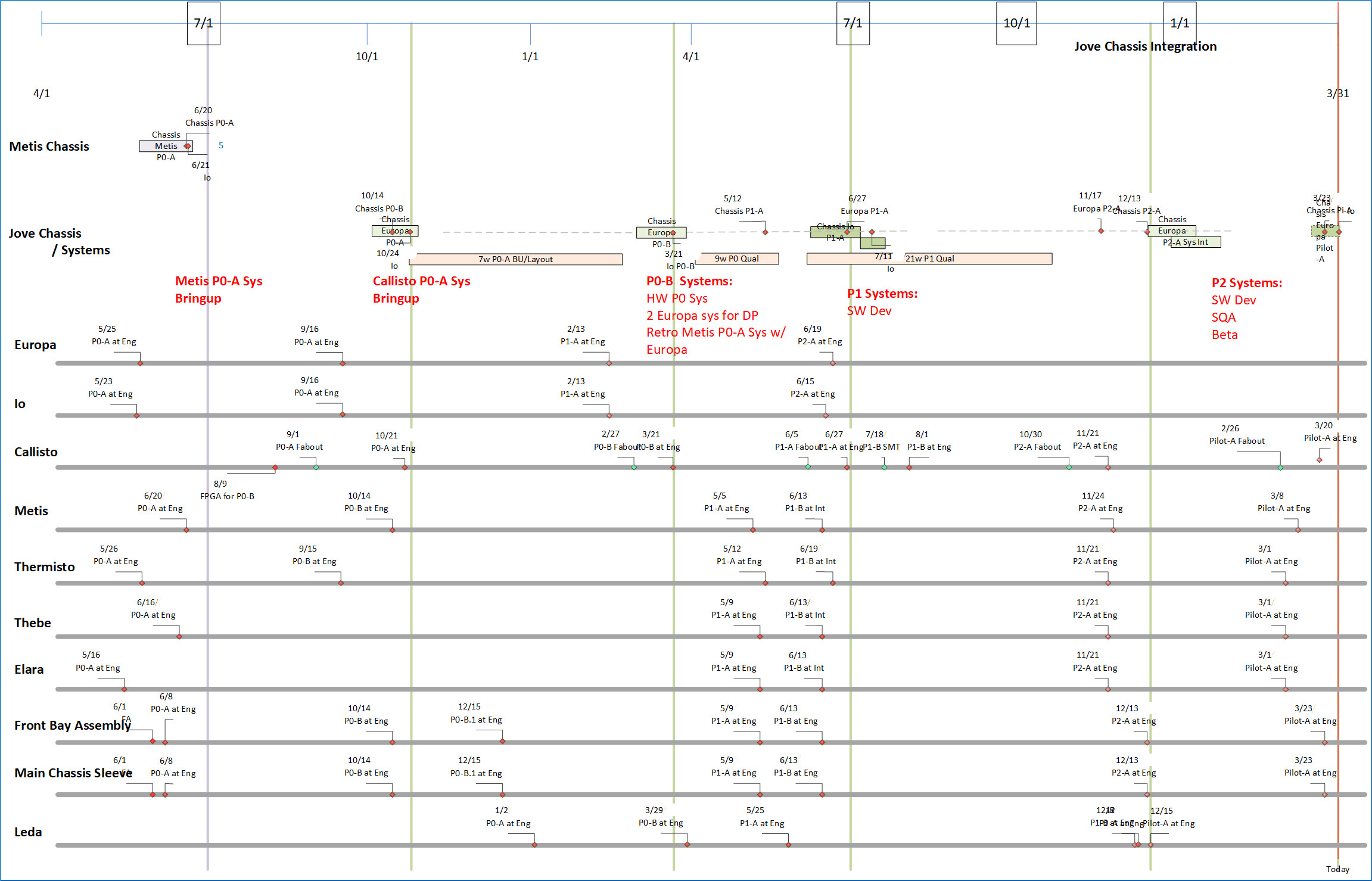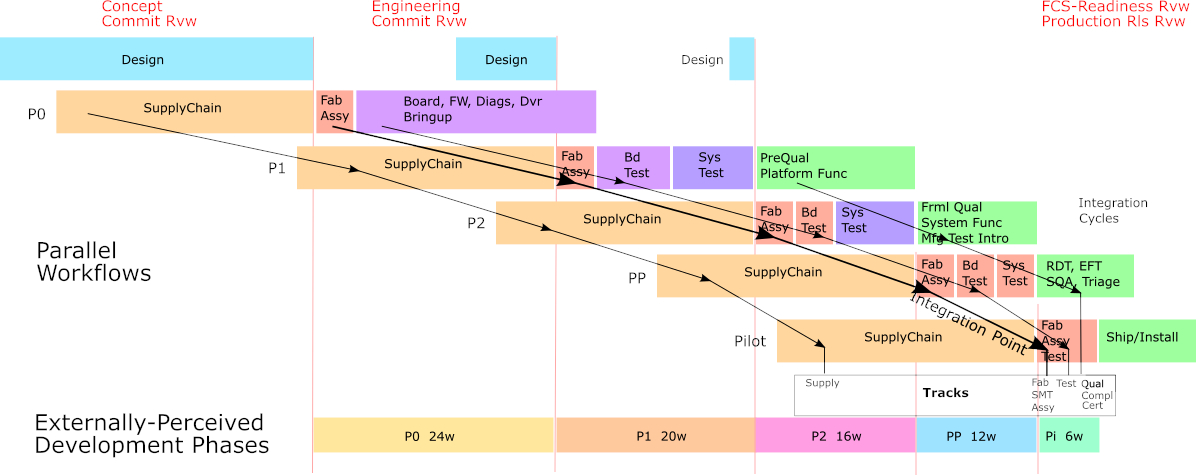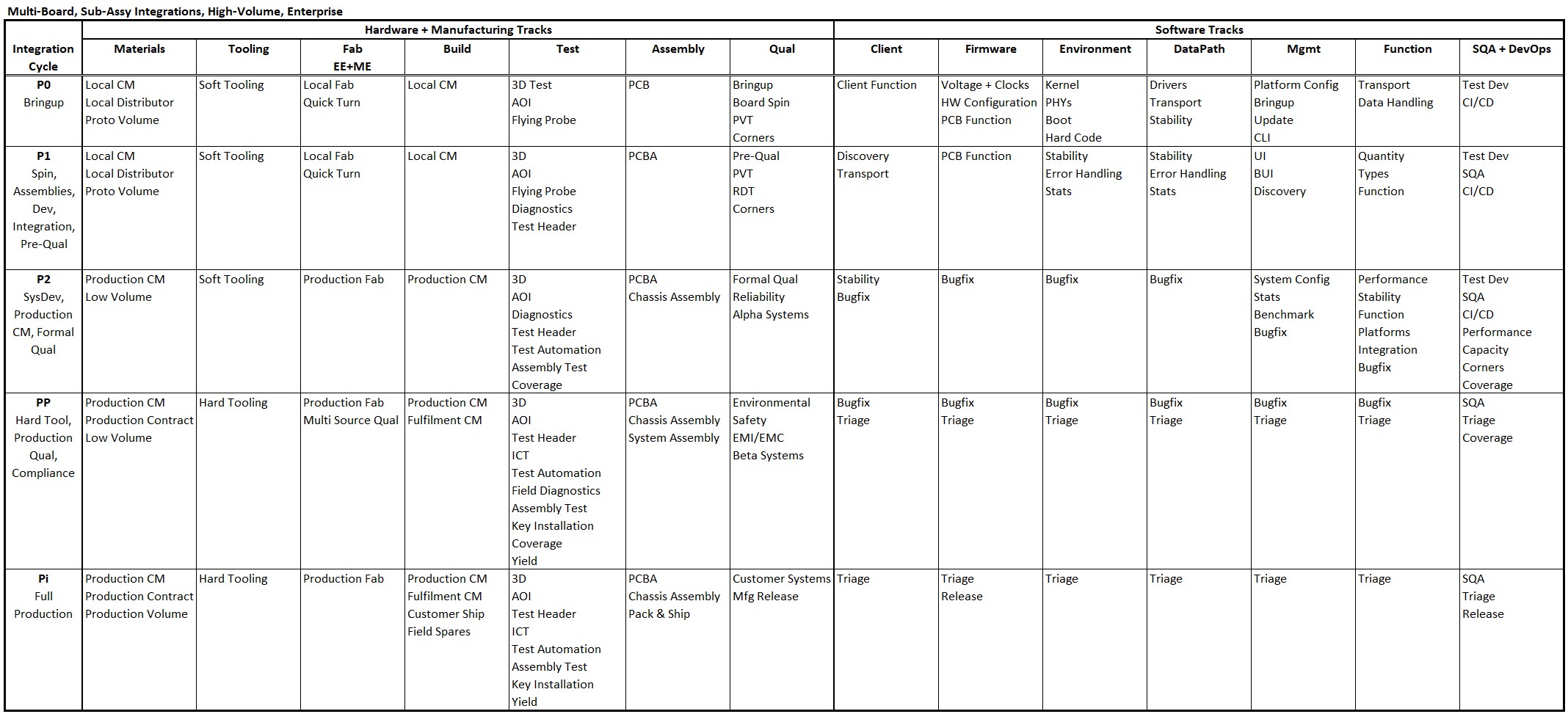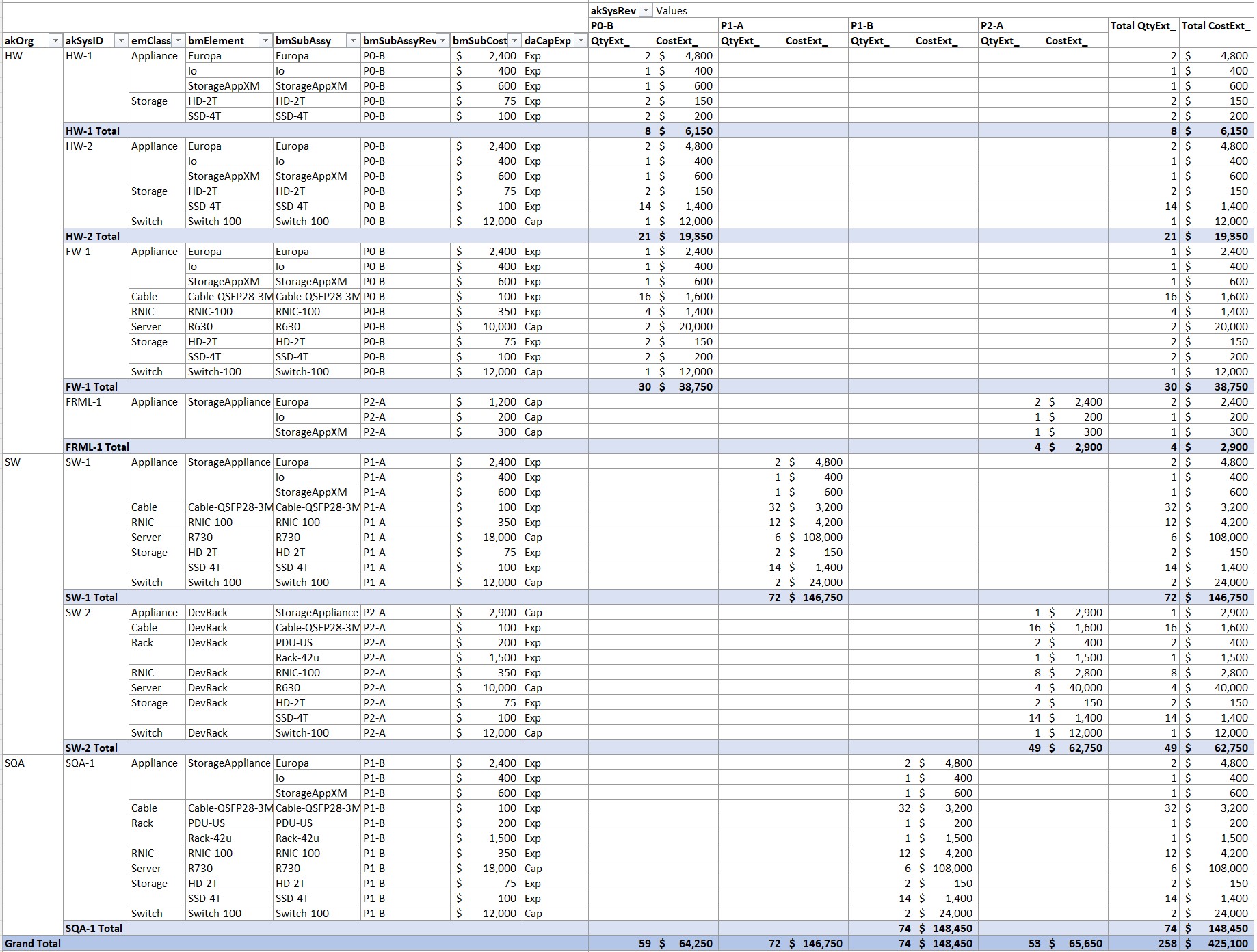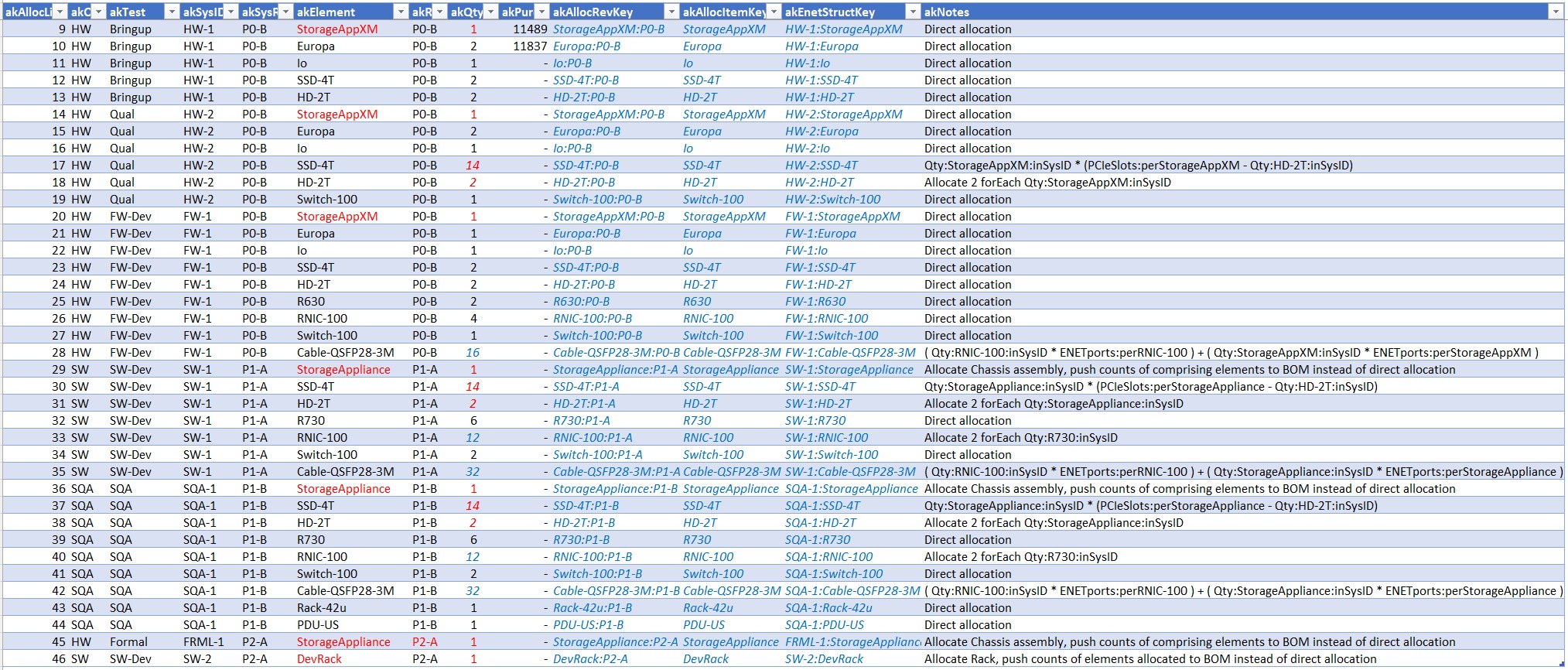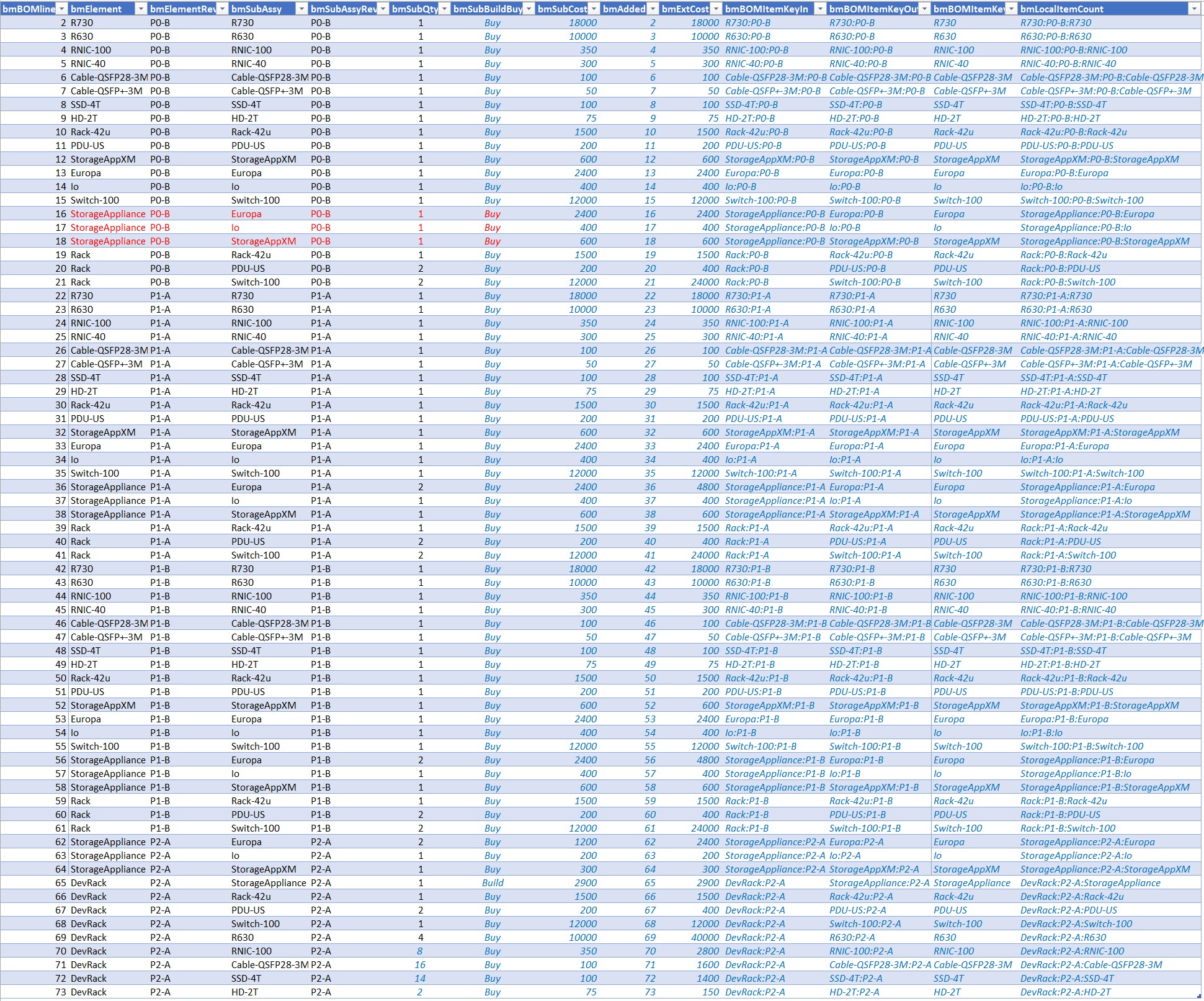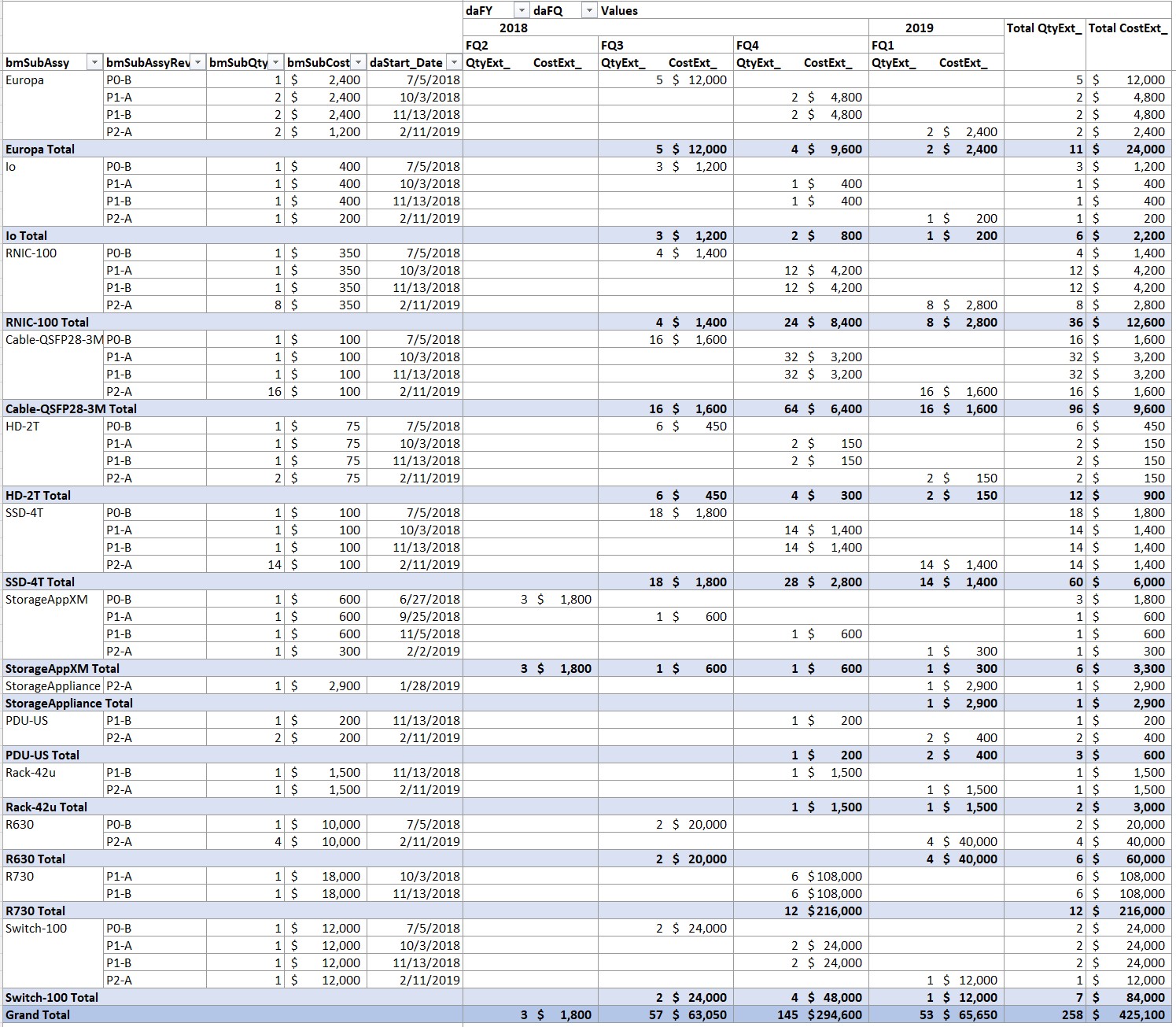Check out my YouTube Channel: Power Operational Intelligence
Now Live! Overview, Structure, Task Data, Table Design, SQL Server, and Re-Linking now showing.
Video courses covering material on this website, and more, are presented in the playlists.
Code snippet links at YouTube Code Snippets. Twitter at @poweroperation1, #poweropi, #poweroperationalintelligence.
Subscribe on YouTube, and click the "Notification" Bell icon to be notified as content is published.
Collected PowerOpI Posts on Silicon Valley Project Management

Organizing Program CommunicationRichard Bixler Summary: Design Communication Paths For Everyone Throughout The Program. A Program Manager depends on effective communication throughout the Program. Published originally on svprojectmanagement. Complexity Of Moving PartsThese figures show several views in varying levels of detail, that a Program may include. (My programs are hybrid hardware-software system development efforts. Many projects that spend effort, time and money will see analogies to their own situations.) The complexity shown illustrates why a Program needs good communication on every aspect. Principles Of Complex Hybrid ProgramsMany Moving Parts – And Everything Doesn’t Go Right By Accident.
PM gets work done through others in the organization. So Effective Communication Underlies EVERYTHING.
PM Creates/Collects Directions, Communicates Integrated Direction, Facilitates and Reports Work. PM is Only One with Quantified, Integrated View. PM Creates, Organizes, Facilitates Communication in All Dimensions
PM Organizes and Quantifies Program/Projects for Communication.
Formal Program CommunicationBusiness Plan – Product, Market, Customer Value, Revenue / FCS, ProdCost, DevCost: NPV-ROI. Know how to accomplish NPV. Product Requirements Review – Partner With Product Management, Development, all Stakeholders, And Negotiate Agreement On Practical Delivery of Features and Characteristics, Required or Desired. For Program Commit.
Program Execution.
Release Commit.
Communicate a Vision for the ProgramThe Program Manager should create, communicate and project a Vision for the Program. It should include exposition of the product to be produced in terms of its structure of Program-Manageable Elements, and of sub-project organization of Elements and program management methodology for each; and especially should convey the quantified path to successful delivery of agreed-upon Program deliverables. You as PM are the Principal responsible for translating the organizational dream into commercial reality.
By analogy: The Program Manager can be seen by Program team members to be like the pilot of an aircraft. You know where you're going and how to get there, and have created a flight plan satisfying many requirements. You are prepared for diversions and changes. You're in communication with Air Traffic Control (ATC). You have a ground crew, a gate crew, a cabin crew all executing tasks to perform the flight. You have passengers and management, all of whom must be satisfied. Each person involved understands relevant objectives and details of the flight, sufficiently to determine for themselves what they should be doing at each moment or even when and how to correct or mitigate an issue should one arise. It helps to state a Vision including visual figures showing relationships among elements of the Vision. This conveys substantial information quickly and intuitively, which helps people to act. Such images should reflect relevant quantifications intuitively, representing size, flow, time; and all relevant factors. The Vision should be continuously updated to reflect current realities, integrating all elements of the Program. Following example images illustrate this from the type from programs I've participated in. I suggest two levels of Vision. First, a top-level Vision describing the quantified path to completion, broadly integrating all program elements. This would be reviewed with management in formal reviews and at periodic update and demo reviews, and should also be visible and presented to all Program team members. This vision shows a rational and current due-diligence plan to success, and where we are in achieving that. It provides an objective basis for forward-looking plans and decisions that extend well past the short-term. The object of the program is to realize that projected future, while also incorporating studied opportunity, change, correction and mitigation as necessary. A second Vision, more detailed and at a lower level of abstraction, should focus on what we are doing today and what's next. That would include plans, tasks, and results for current activity toward next major milestones. I suggest focusing on Integration Points, or equivalent for your program. This second Vision also would be up-to-date, and pieces of it likely are useful in project meetings and decision points. Senior management may be less concerned with this level of detail, but they surely want to know that you have such vision for operational reality. Objects of these levels of Vision include instilling confidence that we know how to make the Program successful; projecting a framework that helps individuals determine their own course of action; coordination of scope and timing among program elements; communicate and coordinate change; and communication of progress, current state, and upcoming plans. This is the part of leadership that includes people and their work, showing how they are a part of the whole, and shows them where we are going and how we will achieve success. Program Management Communication With CustomersOf Course, The Product of the Program Is For Customers!
But Who Are the Customers?
Communication Is Not Just About The Program ManagerOrganize the whole Program for Communication. Formal Program Communications Involve Big Meetings.
For Execution, Smaller Focused Meetings
Project And Communication HierarchyFor Execution, a Hierarchy of Small Meetings Beats Large Meetings
Hierarchy Of Meetings
Organize For Communication! A Typical Hierarchy Of ProjectsEntity Development Projects – Projects Driving Program Element Design/Test Progress/Issues.
Integration Projects – These Add An Additional Layer of Cross-Abstraction Across Integrated Elements, Requiring PM Planning and Management.
Management - Major progress, Issues, Variances. PM Leads.
Communicate to Future-You and Other-You: Document APIs/Structure, Dev Plan/Actual, Financial Plan/Actual.
Organize And Communicate Data Too! (Tools)The Program Manager collects data on the Program from throughout the organization and creates data that structures the program. Detailed structural data must be communicated in usable form too, to coordinate multiple efforts. These efforts are often executed in parallel, and often have mutual dependencies and deliverables. The Program Manager combines and integrates the data, organizes it, and provides Reports specific to organizations and processes and using their own structure and work-language, to guide their work throughout the organization, advancing the program along the intended path. These or other tools can significantly organize and coordinate a Program, and make it possible to keep plans updated and coherent in all dimensions with limited effort. That makes it possible to always know and communicate detailed aspects of "The Best Known Path From Here", and to implement Agile, or Agile Mindset, with Quantification particularly for processes involving tangible artifacts and finances. This process in turn keeps the Program on-track, guides coordination of all organizations and processes keeping the effort lean and efficient, helps to mitigate change impact and coordinate its implementation, to meet the business objectives of the Program. Take-Aways
Further Reading: Core Program Quantitative Structure for System ProgramsAdvice for Program Managers: The Blog Series1-Program Management Opportunity Introduces a vision and framework for development of Program Managers and PMO, for Program Management specialization to its environment, and for improved effectiveness and integration of PM with organization operational management. 2-Program Management Career Path Describes career path thinking for Program Managers including sourcing, progression, advancement, and connection with organizational management. 3-Program Management Career Skills Career path thinking for Program Managers including skills and behaviors that develop Program Manager capabilities and leadership and pave the way toward advancement. 4-Program Management Specialization: System Programs Phased Methodology PM Best Practices and Core Program Structure for Hybrid integrated system programs using Phased HW – Agile SW, mixed-technologies. Full-Program agility via automated plan tools with continuous plan update. The Series also solicits contributions to this Blog site, to extend coverage of PM Best Practices and Core Program Structure to a broadening set of Specializations. PMO behavior to achieve Program Management effectiveness specialized to its environment managing PM practices in the organization, including PM development and advancement and connection with organizational management. 6-Quantified Agile for Hardware Program Quantification applied to Phased and Agile methodologies to deal with organizational quantitative requirements. More Articles by this AuthorThree Levels of Program Management Guiding Principles for Program Management Action, Program Quantification, and Leverage Through Tooling. Organizing Program Communication Program Management depends on effective communication. Design Program communication paths for everyone throughout the Program. Database Platforms for Program Management Logistics Logistics Tool extended, using SQL Server and MS Access with MS Excel and PowerQuery. Logistics Tool using MS Excel Power Query. Tool methodology for agility with continuous plan update: Program BOM, Tie to Dates, Builds, Element data. Structure Program with Parallel Phasing. Describes coordination of EE/ME, FW, Test, Supply/CM, Driver/Kernel, Transport, Management. Scheduling, Integration points, scaffolding, and starting work. Hybrid Program Cross-Domain Coordination of dev frameworks, including Phased and Agile/Scrum where appropriate, via integration points and scaffolding. Software Integration Sequence and Dependency Planning. Problem Statement. PM responsibility for Program Management drive throughout an organization, also includes schedule, budget, integration, critical path, logistics. Planning work structure for a Program, and using the plan effectively. AI effects on current and future lifestyles. Personal strategies for proactive and defensive use of AI. Using Iterative Thinking to solve big problems and complex logistics. PM/PMO role identifying, evaluating, and propagating AI Best-Practices through an organization. Link To Free Tools To Manage Schedule, Logistics, And FinanceAuthor's www.softtoyssoftware.com website with articles on Program Management and Program quantification tooling using Excel, MS Project, and MS Visio with SQL databases PowerQuery, SQL Server, and MS Access. Articles describe how you can use tools available from the website, or develop these capabilities yourself using commonly available tools. Tools available from this website are free. They can handle small to large programs, limited only by your imagination. Using the included Program Template to envision, organize, plan, and run a large program puts me in mind of unleashing a Roman Legion to a sure outcome. Veni, Vidi, Vici! – Julius Caesar.
Credits Image(s) used under license from Shutterstock.com. Attribution: elenabsl, Skycolors / Shutterstock.com My website: www.softtoyssoftware.com Copyright © 2022 Richard M. Bixler All rights reserved |











